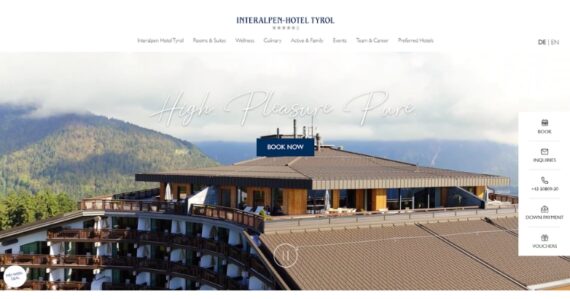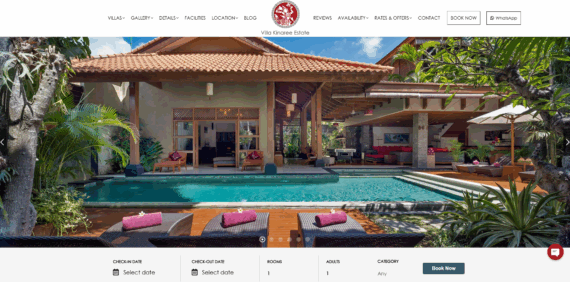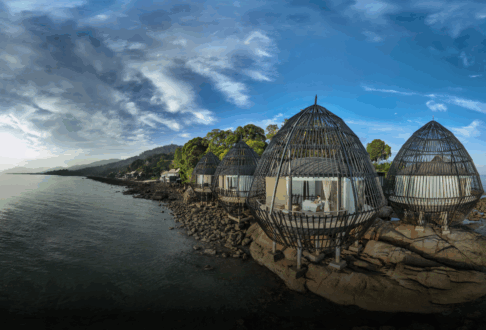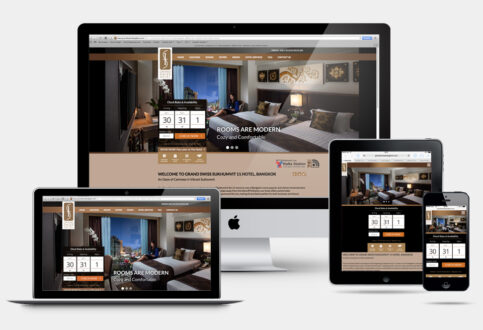A Standout Villa Website in Seminyak, Bali
When it comes to luxury accommodation, a villa’s website can be just as important as the property itself. A strong digital presence sets the tone before guests even arrive, and few do it better than Villa Kinaree Estate, one of the finest Seminyak villas in Bali.
Seamless Navigation and Layout
The first impression on the Villa Kinaree Estate website is clarity. The homepage is welcoming, clean, and easy to explore. Information is well-structured so visitors can quickly find details about the estate’s four to ten-bedroom villa options, pools, or services. Large menus and smooth scrolling create a sense of effortlessness, reflecting the relaxed Bali lifestyle.
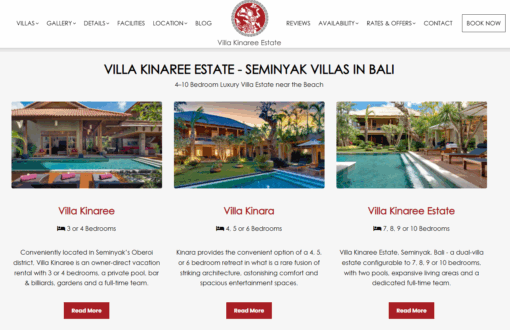
Visual Storytelling Through Photography
Stunning images are the heartbeat of this site. Full-width photos of the villas, tropical gardens, and pools transport viewers to Bali instantly. The use of natural light and balanced composition gives every picture a professional feel. This kind of visual storytelling captures the luxury and comfort guests expect, making the website not just informative but also aspirational.
Smart Calls to Action
From the clear “Check Availability” button to easy booking steps, Villa Kinaree Estate’s site is designed with conversions in mind. Everything is intuitive, ensuring potential guests can move from browsing to booking without friction. This balance of design and practicality makes the website a benchmark in villa hospitality.
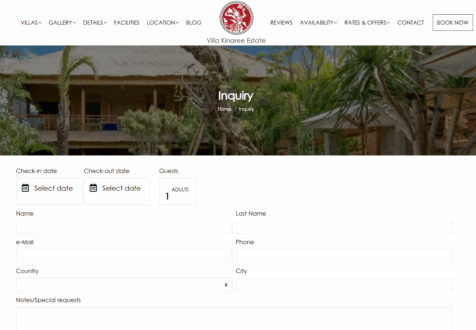
A hotel’s website is its digital lobby. Guests form opinions in seconds, and design plays a critical role. Let’s look at the essentials of an engaging hotel site, focusing on Southeast Asia’s thriving luxury scene.
Immersive Visuals That Reflect Experience
High-quality photography and video can transform a site. Hotels that use immersive galleries or virtual tours give guests a sense of arrival before they book. For example, panoramic lobby shots or drone footage of beachfront views help hotels stand out in a crowded market.
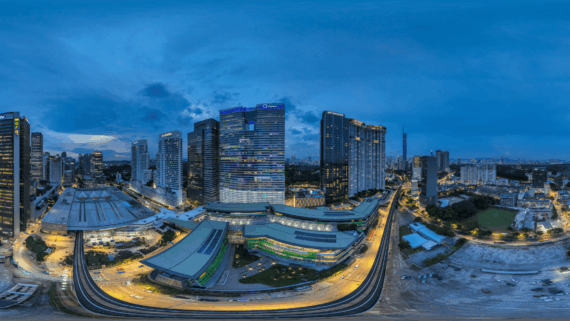
Clear Booking Pathways
Even the most stunning design fails if booking feels complicated. Hotels should highlight availability, pricing, and special offers in an accessible way. Streamlined calls to action — like “Book Your Stay” buttons — create trust and encourage direct reservations.
Storytelling and Brand Identity
Beyond images and functionality, an engaging hotel website communicates its story. Whether it’s a heritage boutique in Chiang Mai or a sleek new tower in Singapore, design choices like fonts, colors, and layout should align with the property’s identity. Storytelling builds emotional connection, encouraging visitors to choose that hotel over competitors.
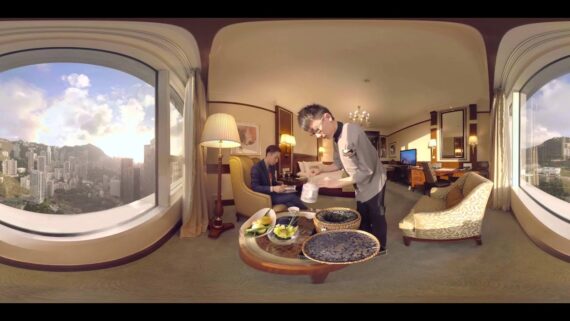
As luxury travel evolves, so too must villa websites. The next wave of digital design is already shaping how guests discover and book private stays across Bali, Phuket, and beyond.
Mobile-First Experiences
With most travelers researching on their phones, mobile-optimized design is non-negotiable. Responsive layouts, quick loading speeds, and easy mobile booking create a seamless journey from first click to confirmed stay.
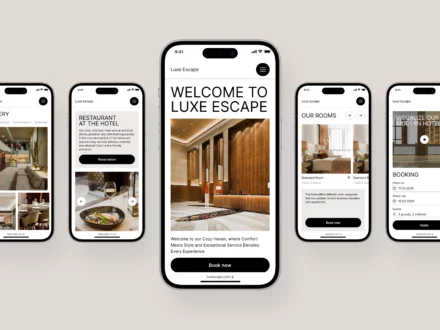
Integrating Lifestyle Content
Future-focused villa websites go beyond photos and descriptions. Blogs, guides, and even curated playlists create a richer experience. Imagine booking a villa in Bali and instantly accessing insider tips on beach clubs, spas, and cultural tours — all within the website itself.
Personalization Through Tech
The future is also about personalized design. Features like chatbots, tailored recommendations, and interactive booking calendars give visitors the sense of a concierge-style service online. This shift ensures villa websites remain not just digital brochures but immersive tools that reflect luxury hospitality.
